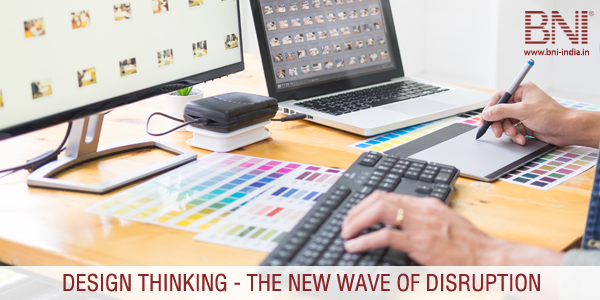We live in an age where change is the new constant and where ideas and talents are the new black. Rapid obsolescence and disruptions are churning new markets, new value networks, new alliances and new products and one has no choice but to keep up. The ideology driving this wave of innovation is Design Thinking. Design thinking is the backbone of the experience economy which we’re today a part of; where employees, business processes, decisions and inventions are focussing on just one thing – how a person feels or in one word – experience.
The five phases of Design Thinking according to Hasso-Plattner Institute of Design at Stanford, which is at the forefront of applying and teaching are:
- Empathise – with your users
- Define – your users’ needs, their problems and your insights
- Ideate – by challenging assumptions and creating ideas for innovative solutions
- Prototype – to start creating solutions
- Test – solutions
To understand these 5 phases in details click here
If one wants to understand the millennial consumer behaviour these 5 phases will be of great help. Millenials world over are making life choices based on shared services, connectivity, community, sustainability, convenience etc. All of this narrows down to one single most deciding factor- Experience.
In a hyper-digital world, business owners are struggling to create a balance between disruptive start-up innovation and sustainable business models, whereas design based corporations are doing considerably better and that’s mainly because of the way the above phases have helped them come up with a unique, multidisciplinary approach to drive growth for businesses.
“The goal is not being a digital business but rather getting business results in a digital world where the next digital trend isn’t technology, but it’s a new point of view.”
-Bain Digital.
Several companies have reinvented themselves with design thinking in order to sustain their business models in a hyper-innovative business environment. If you want to leverage an experience economy, switching to design thinking may need to be at the top of your agenda.
